Some people think e-bikes are as simple as adding an electric motor to a traditional bike. While that’s true in a sense, there’s a lot more that goes into electric bikes than a motor.
The motor is certainly the star of the show, but we’re here to tell you about the MVPs of electric bikes that don’t always get enough love; the features that truly make your electric bike truly electric.
Let’s start with the basics: A traditional bicycle moves forward because you pedal it. The pedaling motion involves gears and cranks connecting to and turning the bike’s wheels. The bike relies on the rider’s physical exertion to move forward.
But what about an electric bicycle? It’s a little different. You’re still pedaling (still getting a great workout), but you also get support from the bike’s electric motor, which helps propel the bike forward.
The motor differentiates an e-bike from a traditional bike. But there are a lot of other components that make up an e-bike and help it run smoothly.
If you’re considering getting an e-bike, learning about the different parts can help you know what to look for when buying your ride. And if you already have an e-bike, it’s still worth learning: An understanding of the bike’s parts can help you maintain it, for example, if you have to buy replacement parts.
This guide details some FAQs regarding key e-bike components, what they do, and how they work.
E-Bike Motors
There are two primary types of motors you’ll be choosing from many common electric bike models: mid-drive and hub motors.
While these aren’t the only types of e-bike motors out there — here’s looking at you, brushless/brush, geared/gearless, and friction — they’re very common and the two you’ll be running into if you’re shopping for a new e-bike.
It’s essential to do your research into both of these motors as they offer different biking experiences. Mid-drives are generally smoother and have better handling, while hub motors are a lot simpler and easier to maintain. Plus, their durability is off the charts.
You can check out more details about these types of motors here, and we’ll be going into more detail in the next section.
The electric bike motor kit makes the e-bike different from a traditional bike. The motor powers the bike’s pedal assist system (PAS), which makes pedaling less strenuous. Some bike motors even have throttle assist, which moves the bike forward even when you aren’t pedaling.
Popular e-bike motor manufacturers include Shimano, Bosch, and Yamaha. Of course, there’s more than the brand name to consider when buying an e-bike motor.
Different e-bike motors work differently — and each has its pros and cons. Here’s a quick overview (for more detailed insights, check out our full e-bike motor guide).
Mid-Drive Motors
Mid-drive motors are in the center of the e-bike frame between the crank arms — the levers the pedals attach to. The motor has a spinning shaft that connects to a chainring, which connects to the crank arms (or “cranks”) and moves them. Spinning of the motor’s shaft creates torque, which engages the PAS.
Mid-drive motors create a smooth riding experience, including less jerky acceleration. Since the motor — the bulkiest part of the bike — is in the center of the frame, it distributes weight more evenly, making the bike easier to handle.
This distribution creates a low center of gravity, which is perfect for better handling and smoother rides. While there are more parts in mid-drive motors, the central location covers a lot of its shortcomings.
However, mid-sized motors can be harder to maintain and pricier than hub motors. Plus, if the chainring breaks, the PAS won’t work.
Rear Hub Motors
There are two types of hub motors: direct-drive and geared. In a direct-drive motor, the motor’s shaft — which doubles as the bike’s rear axle — is stationary. Instead of the motor’s shaft spinning (as described), the motor spins, moving around the shaft. This creates the torque needed to activate the PAS.
Geared hub motors are more like direct-drive motors because they have a moving shaft. However, the moving shaft is connected to the wheel axle — not a chainring and cranks, as with the mid-drive motor. The hub, driven by a complex system of gears, spins to create torque and activate the PAS.
Hub motors can be at the front or back of the bike. Rear hub motors are durable and simple, making them easy to maintain. That said, rear hub motors can be heavy and inefficient. Plus, since they add weight to the back of the bike, they can result in slow acceleration and create noticeable drag when pedaling.
While the negatives of hub motors are certainly more noticeable than the negatives of mid-drive motors, they are once again a lot cheaper, simpler, and so much easier to maintain.
E-Bike Front Hub Motors
Front hub motors are at the front of the bike. However, front hub motors tend to be smaller and less powerful. At the same time, they tend to offer a less seamless ride and poor traction.
However, front hub motors win points regarding setup and maintenance. For example, they offer more drivetrain options and diverse gearing compatibility (making them easier to convert).
Plus, certain fixes — like a flat tire — are easier to address since front flats are less common than rear flats.
E-Bike Batteries
E-bike motors aren’t powered by gas or other fossil fuels, which makes them environmentally friendly — one of their many benefits (and one reason to choose an e-bike over a car). Instead, a battery powers the bike motor.
Battery capacities depend on the bike type, and the battery determines power and range (how far the bike can go before the battery needs recharging). For example, Velotric Discover 1 and Velotric Nomad 1e-bikes come with a 48V 14.4Ah lithium-ion battery made by Samsung.
The “V” stands for volts, like a car’s horsepower. It tells you how much power the motor can produce. A higher voltage means more power. The “Ah” stands for amp hours — in other words, how big your bike’s “gas tank” is. The higher the battery’s Ah, the more range it has.
However, how heavy the bike is and the terrain can impact the power and range. For example, going uphill or carrying a heavier load will drain the battery faster, decreasing the range.
Take Velotric’s bikes, for example. They both have the same V and Ah battery. However, the Velotric Discover 1 has a range of 65 miles, while the Velotric Nomad 1 has a cutoff of 55 miles. This is because the fat-tireVelotric Nomad 1 bike weighs more.
Backup Batteries and Beyond
Another important aspect of e-bike batteries is the fact that you can bring a backup to increase your range or for safety purposes.
Extra battery packs are such an incredibly useful tool for e-bike users. They serve two primary functions: First, you can double your e-bike’s range. By simply bringing it along for the ride, you can pop it in when your battery is low, and you’re good for another 50-60 miles.
Second, if your battery ever dies or has a malfunction, you don’t want to be stuck 20 miles away from home with no transportation. An extra battery pack not only adds a ton of range but a sense of security as well.
E-Bike Digital Display
Say you’re riding your e-bike and wondering how much farther you can go before you need to recharge. Where can you get this information? After all, you probably aren’t tracking every mile you ride.
Don’t worry: Modern e-bikes have an LCD display to view your battery status.
An e-bikeLCD display can also show how fast your bike goes (like a car’s speedometer) and how many miles you’ve ridden (like an odometer). This is handy for tracking battery usage and planning your rides and goals (for example, if you set a goal to ride a certain number of miles daily).
If you’re mainly using your e-bike for exercise, the digital display is a massive help. Not everyone has devices that can track their health progress, and the e-bike digital display can do exactly that at no extra cost.
The e-bike display lets you adjust pedal assist and throttle assist. You can also manage practical safety components, like the bike’s headlights and backlights.
E-Bike Throttle
Some e-bikes come with a PAS and throttle assist, which powers the bike forward even if you aren’t pedaling. The throttle assist is by the handlebar and directly powers the motor — allowing it to reach maximum capacity (your e-bike to go max speeds).
With Velotric’s e-bikes, a thumb-controlled switch activates the throttle assist. Since throttle assist requires more motor and battery power, engaging it reduces the bike’s range.
For example, Velotric Discover 1 bike has a pedal assist range of 65 miles but a throttle assist range of 58 miles. The Velotric Nomad 1 has a pedal assist range of 55 miles and a throttle assist range of 45 miles.
E-Bike Frames
The bike frame combines all its components — from the motor to the brakes, pedals, and more. There are different bike frames, from road bike frames to electric mountain bike (MTB) frames.
There are two main bike frames for everyday cyclists: step-through and step-over (also known as high-step). The bike frame you choose impacts rideability, like how easy it is to get on and off the bike.
Step-Thru
Step-through bike frames get their name thanks to the fact that you can step through the frame to get onto the bike. In contrast, a step-over or high-step bike has an additional frame tube running from below the handlebars to the rear wheel — so you have to step over that tube to get on the bike.
The obvious advantage of step-through bikes is that they’re easy to get on and off. This makes them ideal for people with limited mobility. Since they don’t require wild acrobatics to get on and off, step-through frames might be preferable for certain outfits, like skirts or dresses.
High-Step
High-step e-bikes have an additional frame tube running from under the bike’s handlebars to the back wheel. As a result, the bike has a diamond- or triangle-shaped frame. To mount the bike seat, you must swing a leg up and over the back and bike seat.
High-step e-bikes are more durable, thanks to the added frame tube, and usually more lightweight. Their durability also makes high-step bikes better for tough terrain.
Tip: Bike frames don’t just vary in terms of style. They also come in different materials. Our comprehensive guide to bike frames covers everything you need to know.
E-Bike Wheels
Without its wheels, an e-bike won’t go far. That said, not all e-bike wheels are created equal. There are different types of tire classes for different riding purposes. For example, road bike tires are slim and light (usually no more than 25 millimeters or 0.98 inches in width), designed to reduce friction and increase speed.
In contrast, commuting bike tires are thicker, up to 48 mm — offering more traction and stability on slick surfaces. MTB tires are fatter, wider, and more rigid, designed for safe riding on grass, dirt, gravel, and sand.
There are also hybrid or cyclocross tires, which are wider than road tires but less bulky than MTB tires. These usually measure 30 to 33 mm in width and have flat, small treads.
These are just a few examples of e-bike tires. You can get a full rundown in our guide to e-bike tires.
Fat Tire
Fat tiree-bikes (like Velotric Nomad 1) offer more durability and stability for off-roading but are less robust than MTB or BMX bike tires.
Still, compared to commutere-bikes, fat tiree-bikes have better puncture protection and less pressure so that you can take them on gravel paths, for instance.
E-Bike Pedals
The e-bike pedals are what connect you to the bike. When you push the pedals, you activate the gear system that turns the bike’s wheels and powers the bike forward. Flat pedals are the most common type and don’t require special footwear.
In contrast, MTB pedals secure your foot to the pedal, helping you maintain contact (and control) when bouncing along rough surfaces.
Special road bike pedals also clip onto road biking shoes, designed to be lightweight and fast.
E-Bike Brakes
Brakes are an essential safety feature of e-bikes, which often go at higher speeds than traditional bikes.
E-bikes rarely have rim brakes — the brake that works by clamping down on the wheel and stopping it from turning. Applying this type of force directly to the wheel in a fast-moving e-bike can be dangerous.
The most common types of brakes are mechanical disc brakes and hydraulic disc brakes. The brake mechanics operate using a cable in a mechanical disc brake system.
In a hydraulic brake system, the brakes work by fluid that shifts force within the braking system, pulling the brake lever to push the brake pads.
Having traditional bike brakes on an e-bike would be a bad idea, to say the least. Mechanical and hydraulic brakes make a lot more sense and are a lot safer.
E-bike brakes are one of your e-bike's important aspects; fortunately, e-bike brakes wear down a lot slower than traditional bikes.
E-Bike Seats
The other essential component that connects you, the cyclist, to the e-bike is the seat. There are three main types of seats or saddles: racing, cruiser, and comfort.
Racing saddles are made to minimize chafing and improve aerodynamics, shifting your weight forward.
Cruiser saddles are for a more upright stance. They tend to be wider and more heavily cushioned.
Finally, there are comfort saddles — what an everyday cyclist might use. These usually have a slimmer style than a cruiser saddle but offer sufficient cushioning for a comfortable ride.
Velotric’s bikes come with an urban comfort ergonomic seat measuring 220 mm in width. The seat connects to an aluminum alloy seat post with a quick-release clamp.
Other E-Bike Accessories
The above list covers the most important e-bike components, but not all of them.
There are so many ways you can customize your e-bike and make it feel like a reflection of you and your awesome personality.
This comprehensive list doesn’t even cover the full extent of creative ways to upgrade and personalize your e-bike. You can check out all of our accessories here.
Here are some other important features you may see on e-bikes (included with the bike or offered as an accessory):
- Battery charger. How do you charge your bike’s battery? With a charger, of course! Velotric’s e-bike battery packs charge fully in just six hours.
- Carrying racks. A front or rear rack can hold small bags or boxes to transport goods when you ride. This is ideal if you ride to work or school.
- Lights. Lights help you see in poor visibility. They also make it easier for others to see you.
- Reflectors. Reflectors make it easier for others to see your e-bike and are an essential safety feature — especially when riding at dusk or night.
- Bell. If people can’t see you, a bell ensures they hear you. For example, a bike bell can attract the attention of a pedestrian who isn’t looking in your direction.
- Fenders. Fenders cover the bike’s rear and front wheels, catching water and dirt spray from the tires. This ensures you arrive at your destination clean.
Find the Best E-Bike for Your Needs
A basic understanding of essential e-bike parts can help you make smart decisions when buying an e-bike.
From deciding what type of motor is right for you to determining the perfect frame, getting these details right helps ensure your e-cycling experience is practical, comfortable, and suited to your needs.
Of course, these aren’t all of the e-bike parts you may encounter along your journey. From conversion kits and connectors to nifty tools like smartphone apps, spokes, and mount adapters, there’s no shortage of possibilities when it comes to personalizing your e-bike or e-bike kit to your needs.
Velotric offers different e-bikes to fit different riders’ styles. With the Velotric Discover 1e-bike, you get a functional model ideal for everyday use — from commuting to work to breaking a sweat. With the Velotric Nomad 1, you get a fat tiree-bike you can take off-road.
Velotric’s bikes come with a high-quality lithium battery, Shimano hydraulic disc brakes, and safety features like lights. Plus, Velotric’s batteries are certified by the global standards safety organization, Underwriter’s Laboratories (UL2271) — and our frames are rigorously tested for quality.
Not sure which bike is right for you? Find a local dealer to book a test ride and find out.
Sources:
How Disc Brakes Work | HowStuffWorks


















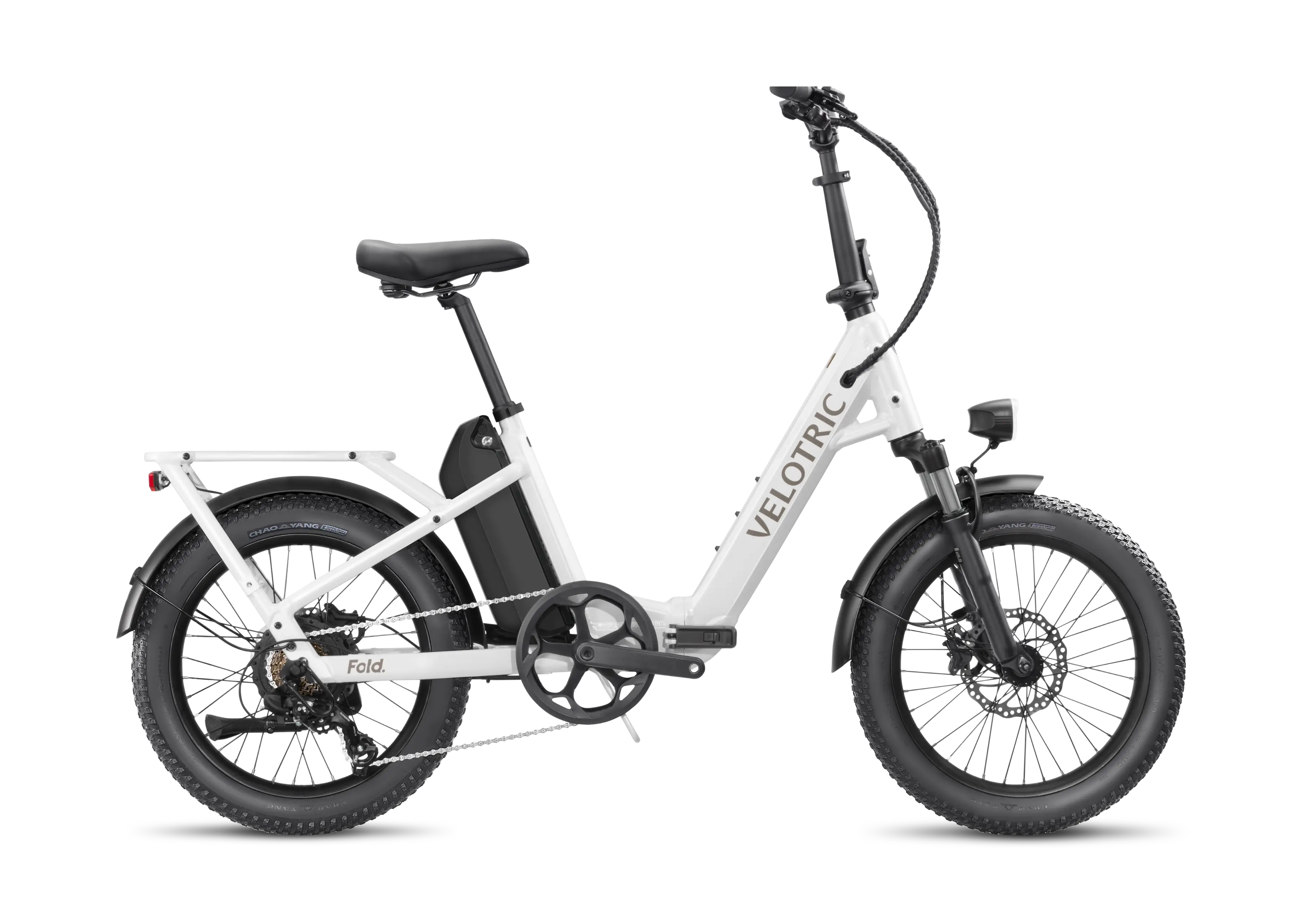


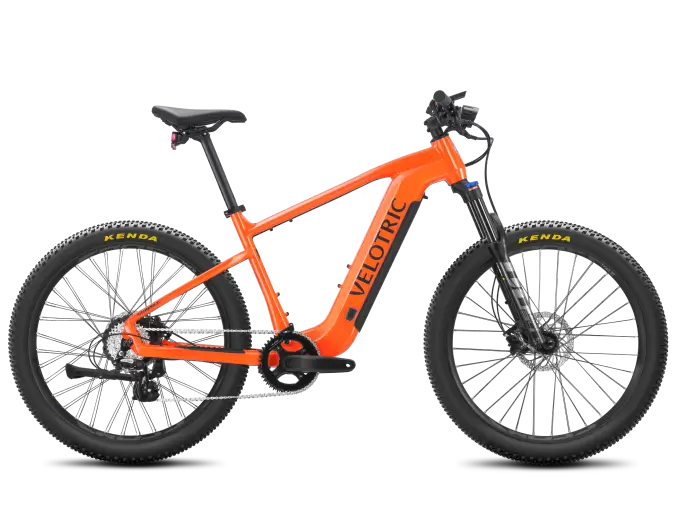











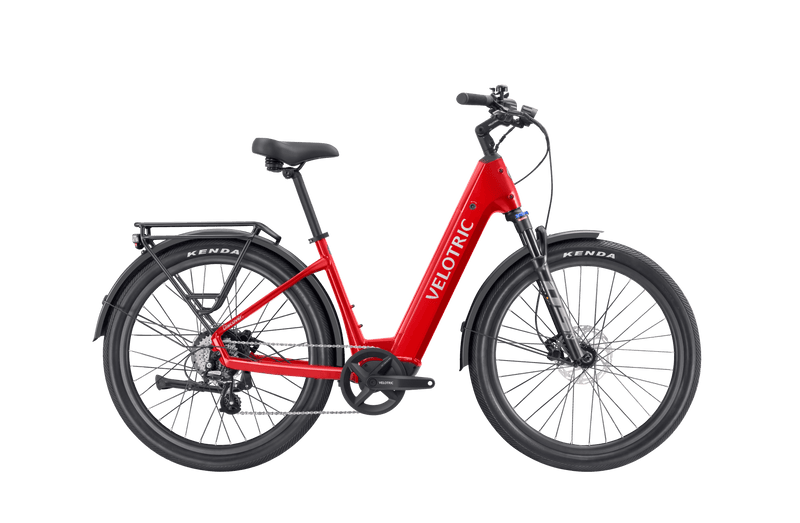
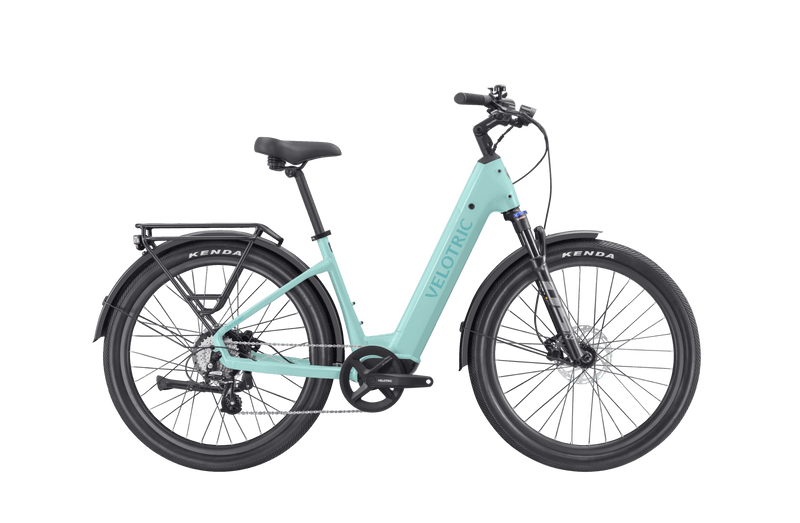
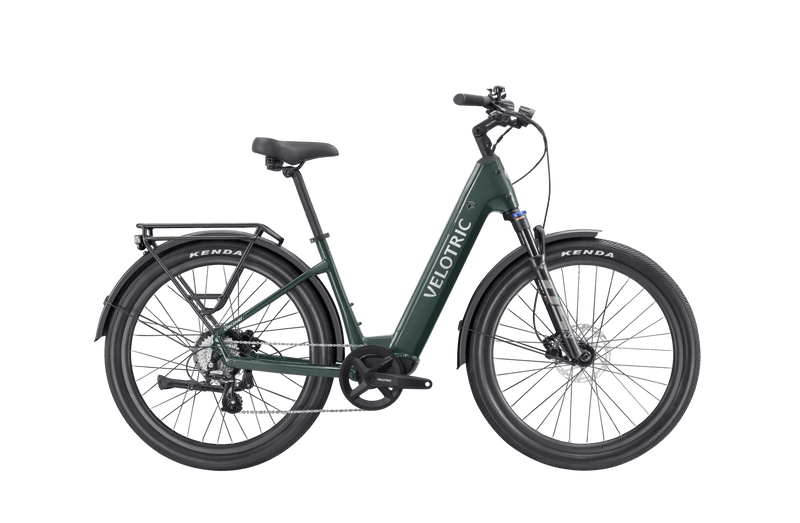






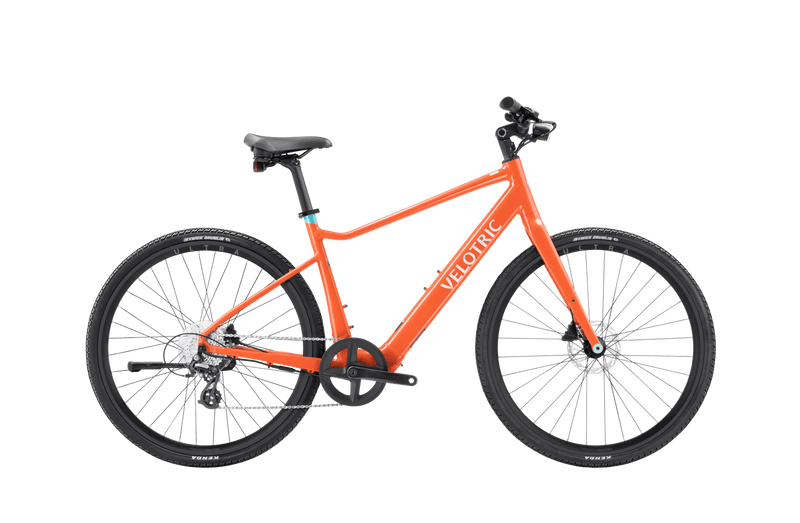
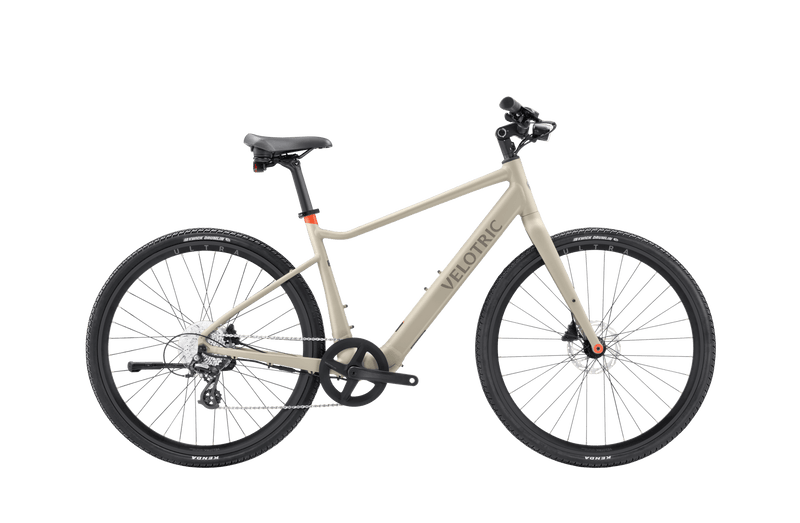


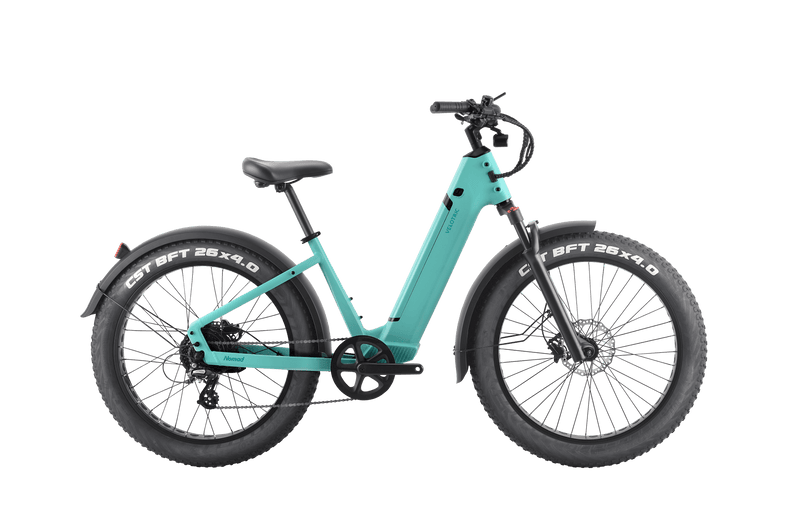
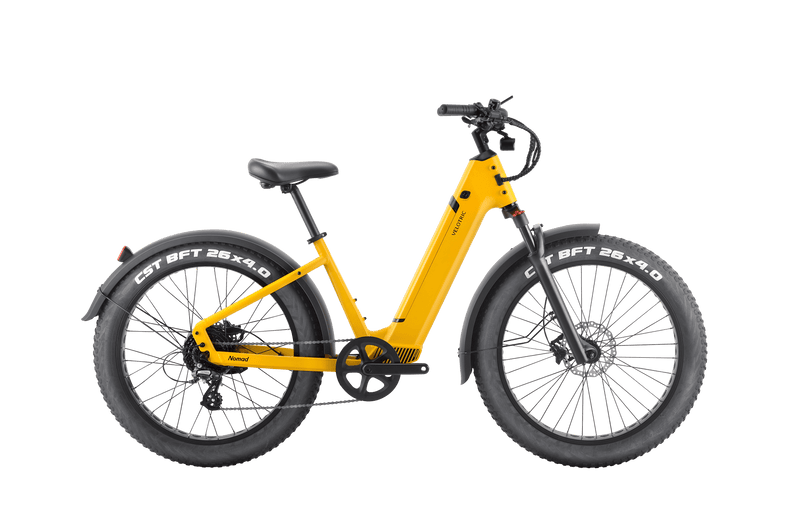
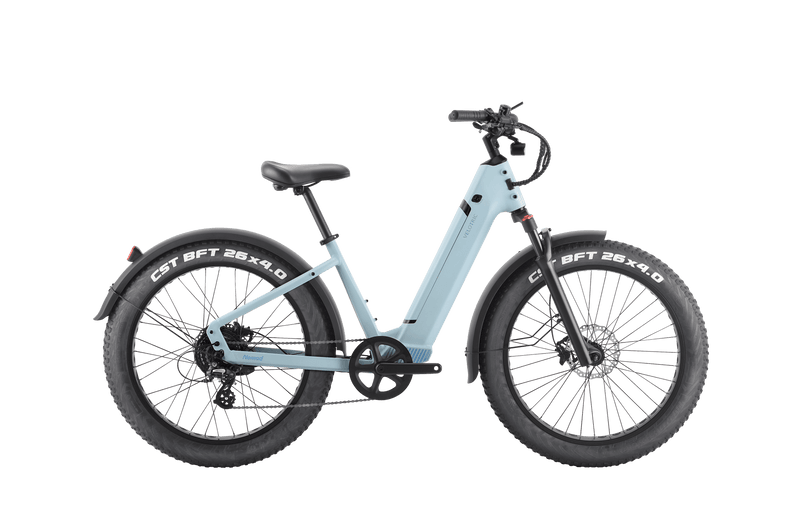
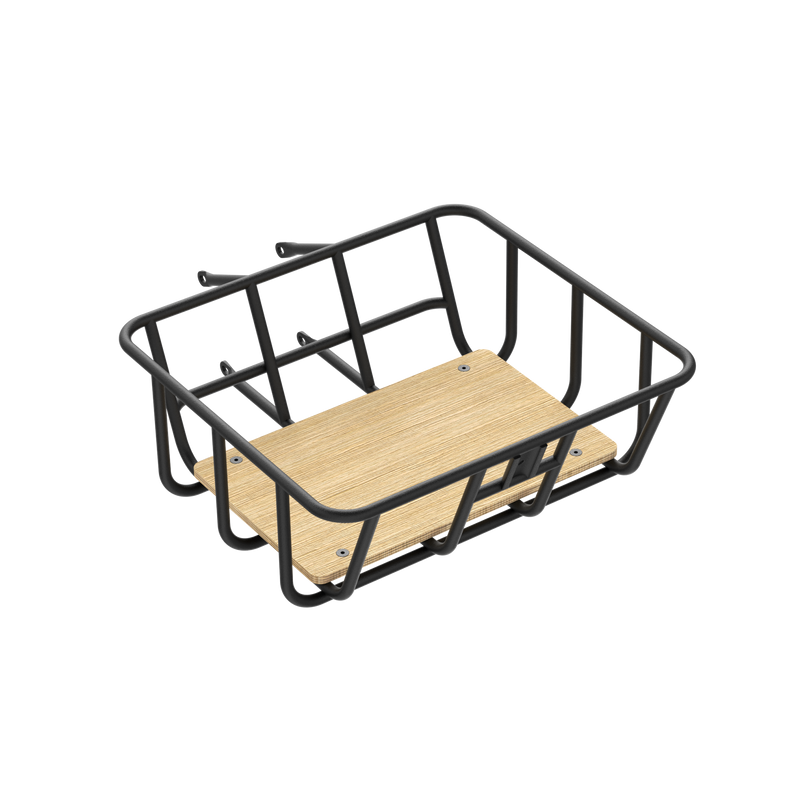
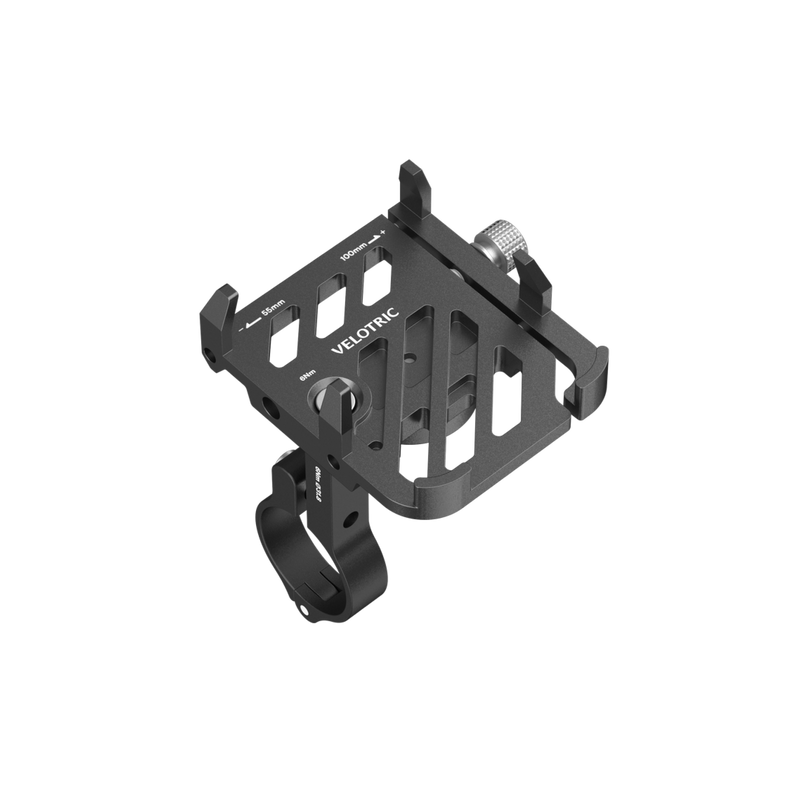
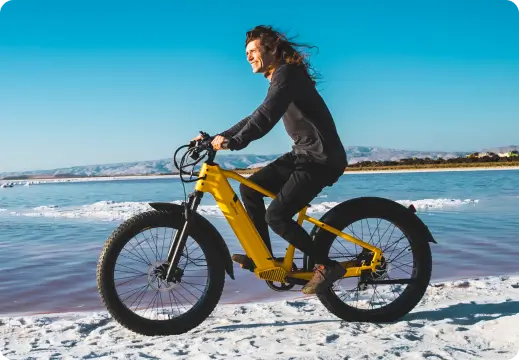

Leave a comment